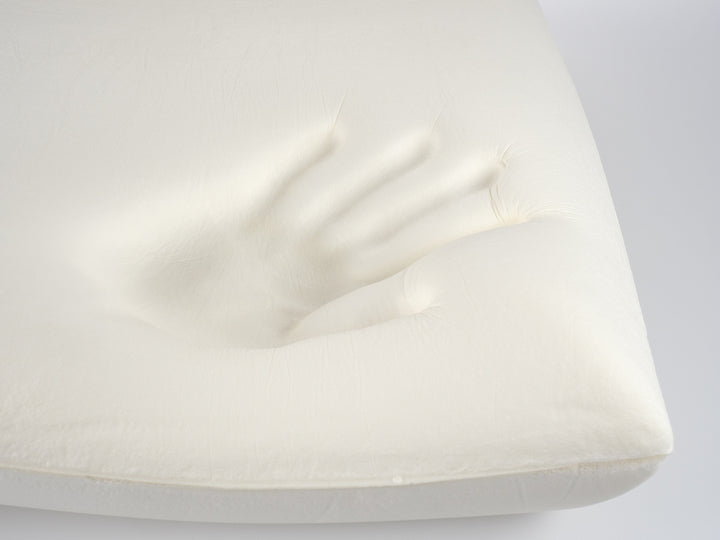Memory foam is a type of foam that has become increasingly popular over the past few decades. Originally developed by NASA to improve cushioning and crash protection in aircraft seats, memory foam is now commonly used in mattresses, pillows, and other bedding products. But what exactly is memory foam, and what makes it different from other types of foam? In this article, we'll provide a comprehensive guide about memory foam and its unique properties.
What is Memory Foam Made Of?
Memory foam is made of a type of polyurethane foam that has been treated with chemicals to give it its distinctive properties. These chemicals cause the foam to become more viscous and elastic, allowing it to contour to the shape of your body when you lie down on it. This is why memory foam is often referred to as "viscoelastic foam".
How Does Memory Foam Work?
Memory foam works by responding to pressure and heat. When you lie down on a memory foam mattress or pillow, the foam will gradually contour to the shape of your body, distributing your weight more evenly and reducing pressure points. This can help to alleviate pain and discomfort in the neck, back, and other areas.
One of the unique properties of memory foam is that it responds differently to pressure and heat than other types of foam. When you press down on memory foam, it will gradually compress and mold to the shape of your body. When you remove the pressure, the foam will slowly return to its original shape. This is why memory foam is often referred to as "slow rebound foam".
What are the Benefits of Memory Foam?
Memory foam offers a number of benefits over traditional foam and other types of bedding materials. Here are just a few of the key advantages:
- Pressure Relief - Memory foam contours to the shape of your body, reducing pressure points and distributing your weight more evenly. This can help to alleviate pain and discomfort in the neck, back, and other areas.
- Motion Isolation - Memory foam absorbs motion, which means that if your partner moves around during the night, you're less likely to be disturbed.
- Temperature Regulation - Memory foam can help to regulate your body temperature, keeping you cooler in the summer and warmer in the winter.
- Allergy-Friendly - Memory foam is resistant to allergens such as dust mites, making it a great choice for people with allergies.
In conclusion, memory foam is a unique and versatile type of foam that offers a number of benefits for people looking for a comfortable and supportive sleeping surface. Its ability to contour to the shape of your body and distribute your weight more evenly can help to alleviate pain and discomfort, while its motion isolation and temperature regulation properties make it an ideal choice for couples and people who struggle with sleeping hot or cold. If you're looking for a new mattress or pillow, consider giving memory foam a try and see for yourself why it's become such a popular choice for sleepers around the world.

